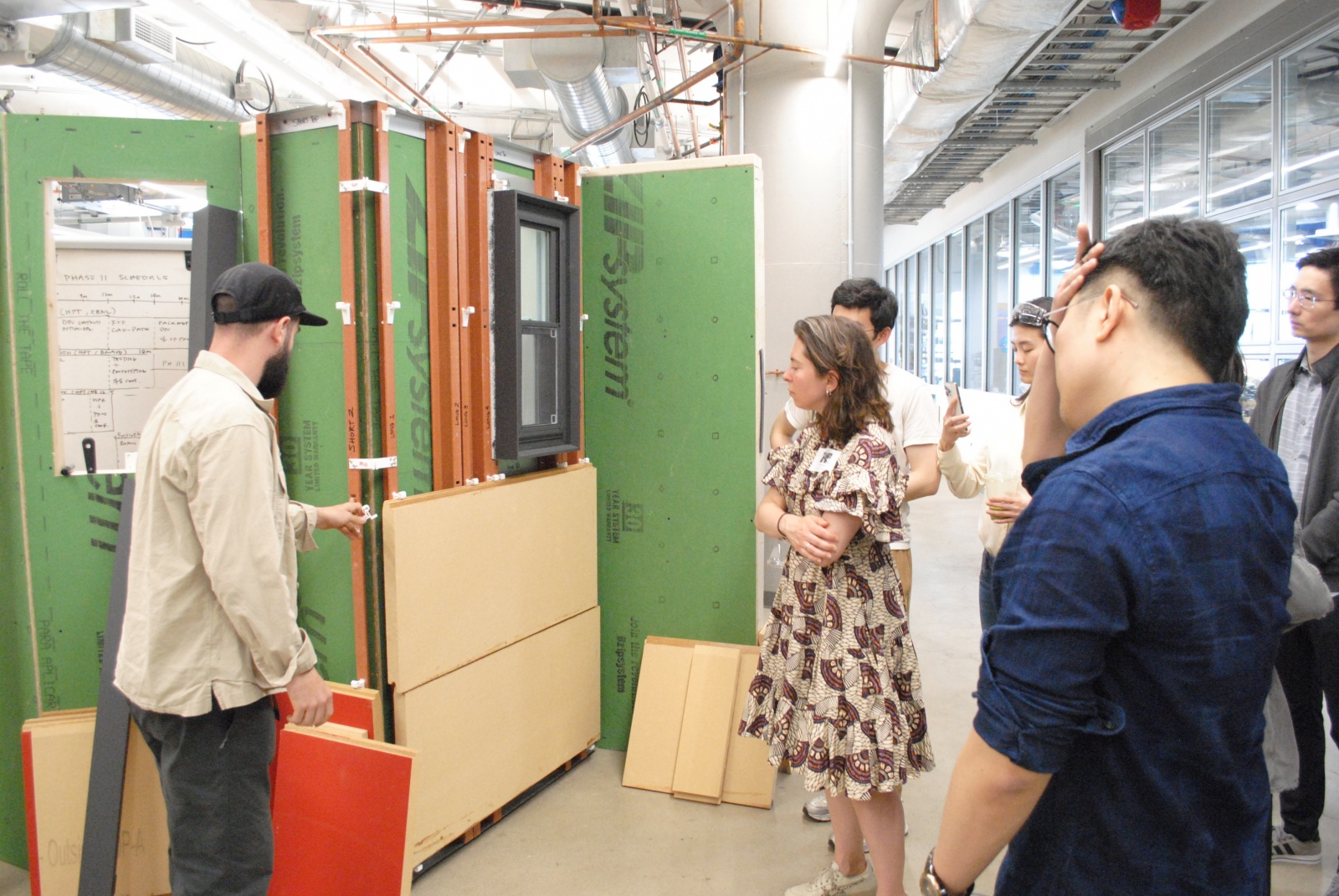It is easy to think of architecture as an isolated field; removed from other disciplines simply by the bounds of a building’s property lines. That is to say this: a building rests within a site , is supported by an intricate network of structural systems and houses interior spaces that have the power to affect occupant experience. . In reality, these systems all work in tandem to bring about the finality of experience present in a finished project.
And yet the way we arrive at a finished project is not so unified. Much as I might like to list it on my résumé, universities to not confer such degrees as a Bachelor or Master of Reality. Rather, one picks a specialty in architecture, landscape architecture, urban planning, structural and architectural engineering, interior design, or any number of related word combinations that pursue essentially the same result. The most industrious and focused among us (myself not included) manage to obtain formal recognition in more than one of these fields, unifying some of this disparity in their own creative processes.
This striation continues after school, reflected in job titles and the destination of our billable hours. These then separate disciplines must then find ways to work together over the course of a project, in the hopes of understanding and seeing every angle in the infinitum of complexity requisite for its completion. Therefore, when we as practitioners of a discipline are given the opportunity to step beyond our specialty and engage another aspect of the process that leads to our shared goal, it is both comforting and insightful.
Evidence of collaboration amongst disciplines litter the floors and desks that surround us as we make our way through the central maker space of Autodesk’s Boston office. It is a bright day, and a warm spotless sky hangs over the Seaport as we tour the facilities and projects housed inside. Prototypes of structural systems and wall assemblies, robotics, material and fabrication studies and countless other projects fill the space. A gantry crane rests overhead. Technical support rooms surround the central workshop; labels above their doors announce programs like WATERJET and METAL FABRICATION. A table nearby is covered in 3D printed prototypes and tools; one looks suspiciously like a sonic screwdriver, or maybe something from the movie Alien.

Regardless of the pop-cultural lens through which one views the space, the cross-pollination of disciplines is evident here. Autodesk provides a space to be used by various schools or individual researchers that apply. It feels like an intensive extension of an academic studio, and its aura is therefore oddly familiar. But these hardware tools are only part of the facility, and Autodesk’s main output lives upstairs in the software offices.
Our tour group makes its way up a flight of stairs at the side of the maker space, where we indulge in some greatly needed (and deserved) lattes from a machine in the kitchen. Projects are still seen everywhere; material and structural studies line the walkways and are suspended from the ceiling above, each one the product of a group or researcher. We then spread out in a conference room overlooking the workshop below, discussing creative ideas for the computer programs we use every day with several of Autodesk’s software developers.

It is an interesting notion that our designs can only be as good as the tools used to create them, and such an important tool as software can only be as good as the collaboration between architectural knowledge and computer science—two different fields with different academic requirements and ways of thinking, but that nonetheless strive for the same result. Often at the helm of this collaboration are those who have studied both disciplines thoroughly and work to integrate them into a not only useable but advantageous tool. The result being industry-standard software. To catch a glimpse of this creative process, and even participate in the discussion, reminded us of just how blurry the line is between our fields. We saw just how important the act of collaboration and active inquiry is beyond the comfortable boundaries of the words printed on our degrees.





